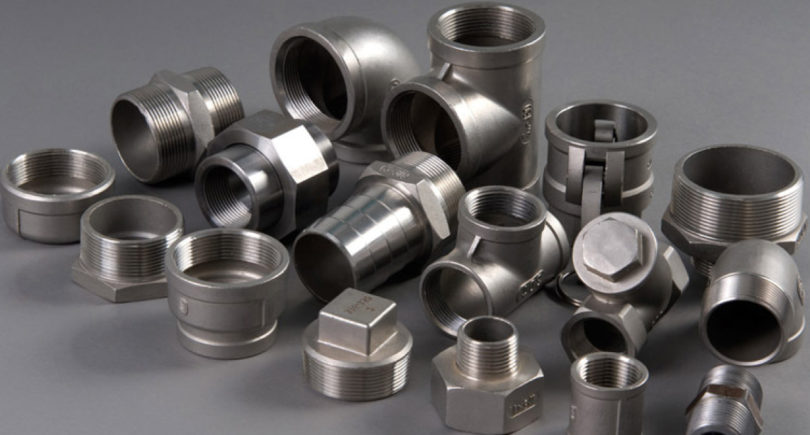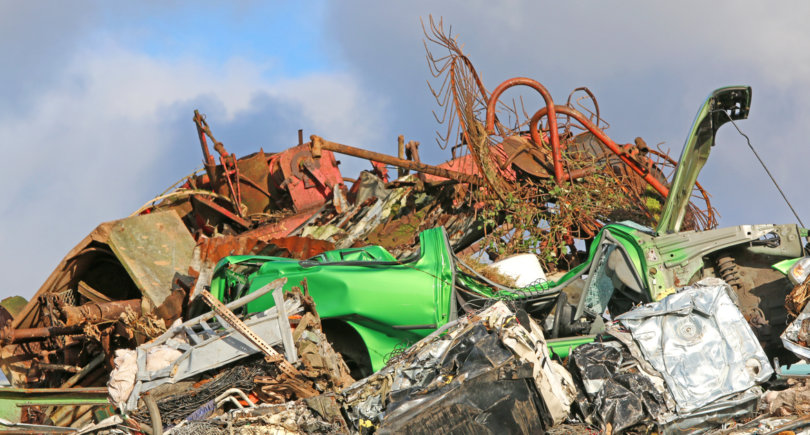
By 2030, the industry will need additional electricity for hydrogen electrolysis in the amount of 48 TWh
The German steel industry’s demand for additional electricity for hydrogen electrolysis, regardless of location, will be 48 TWh in 2030. This was reported by the German steel association WV Stahl.
High electricity prices are a burden for the German steel industry. According to the industry organization, the electricity price support package announced last November was a glimmer of hope. However, with the abolition of its third component – a subsidy for electricity transmission fees – since the beginning of this year, companies have been paying more for electricity than ever before.
This is particularly affecting electric steel mills, which produce steel from scrap with relatively low emissions. They have a particularly high demand for electricity, preferably renewable.
According to WV Stahl, the challenges are growing as hydrogen-based direct reduction technology for iron will require four to five times more electricity from the grid in the future. Therefore, a solution to competitive pricing remains an urgent need.
Last December, Germany’s energy-intensive industries (EID) warned that the doubling of grid charges from January 1, 2024, would further reduce electricity prices, which are already hardly competitive.
«The announced removal of the state subsidy for the network fee means an annual additional burden of approximately €2 billion for our industry,» noted Jörg Rothermel, managing director of EID.
The EID, in particular, includes companies in the construction, chemical and steel industries.
Germany’s energy-intensive industries employ about 880 thousand people, or 15% of the manufacturing sector’s workforce.
As GMK Center reported earlier, in the third quarter of 2023, Germany reduced electricity production by 20.3% compared to the same period in 2022 – to 94.2 billion kWh. Electricity generation from renewable sources increased by 8.1% compared to the third quarter of 2022, while traditional sources decreased by 42.9% y/y.




